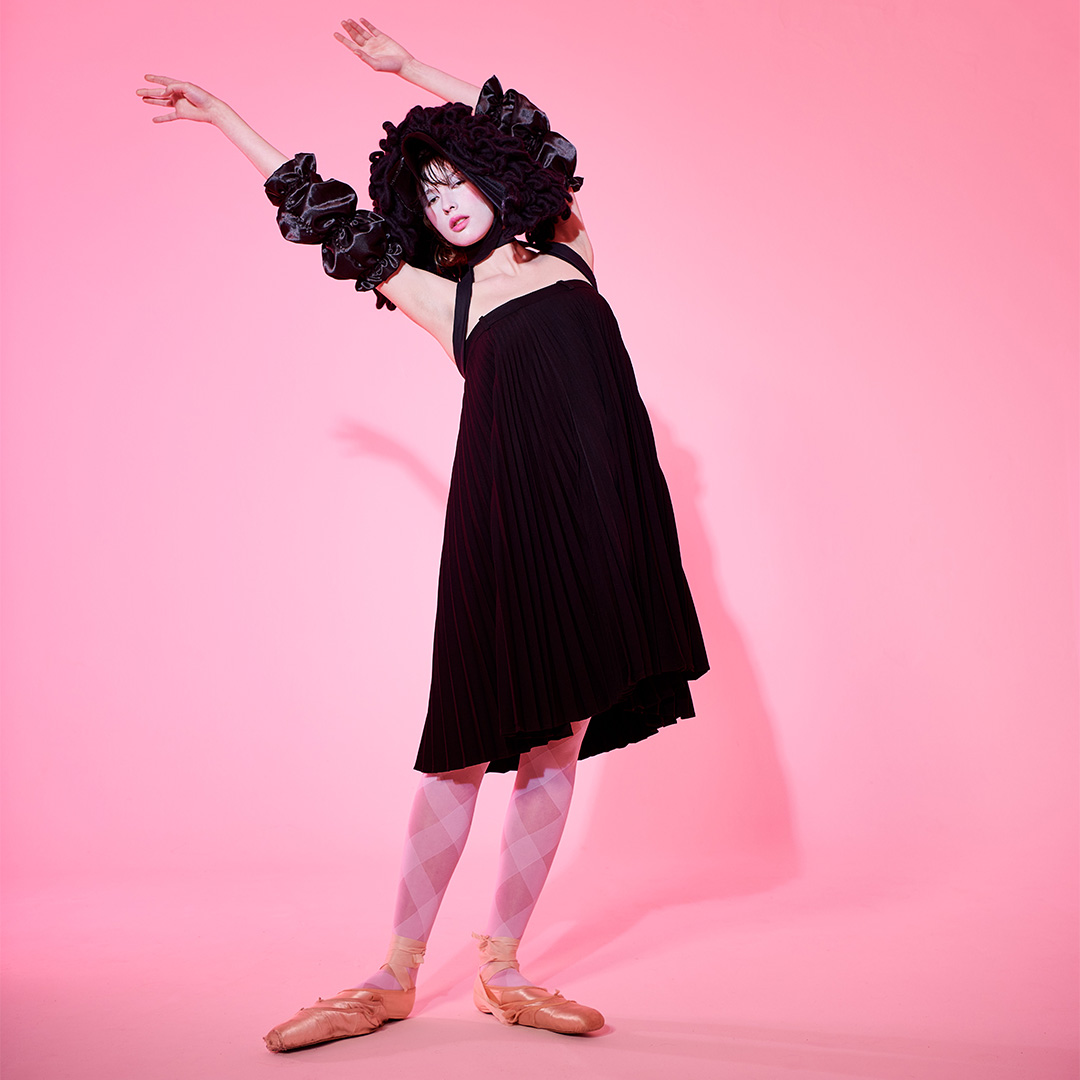.png)
The Future is Knitted: The Knitwear Revolution has begun
The Future is Knitted: The Knitwear Revolution has begun
What is it about knitwear that has made it the latest object of desire for designers, brands, and fashion lovers? The answer is quite simple: with just one creative gesture, knitwear encapsulates all the key values of our time. It’s fluid, inclusive, customisable, deeply rooted in craftsmanship yet open to technological innovation. Most importantly, it is sustainable.
“Knitwear inherently promotes low-impact production practices,” explains Carlotta Sadino, Fashion Design Programme Leader and coordinator of the new Master’s Programme in Fashion Design for Knitwear Innovation, launching in September at Istituto Marangoni Milano. “It allows garments to be created in their final shape, avoiding the waste that comes from cutting fabric, and significantly reducing material scraps—often to nearly none.”
However, the benefits go beyond that. Knitwear is ideal for local, small-scale production, making personalisation easier and enabling the use of innovative and responsible yarns: recycled fibres, biodegradable blends, and organic wool. In an era where traceability is essential, this approach allows conscious consumers to know exactly where materials come from and how the garments were made, ensuring a transparent and environmentally respectful process.
From an environmental perspective, choosing knitwear is a responsible decision. It requires fewer resources, follows an energy-efficient production cycle, and has a smaller carbon footprint compared to traditional methods—perfectly aligning with the principles of the circular economy. Unsurprisingly, it is now regarded as one of the most effective ways to reduce fashion’s environmental impact.
KNITWEAR: A ROOM FOR CREATIVITY AND TECHNICAL SKILLS
Alongside its ethical and technical advantages, knitwear continues to be a rich area for creativity. Its ability to adapt to the body, shape silhouettes, embrace personalisation, and prioritise comfort opens possibilities for experimentation that extend well beyond the classic jumper.
Today, it serves as an expressive language through which designers can tell stories, evoke emotions, explore new functions, and imagine never-before-seen silhouettes. From casualwear to loungewear to the red carpet, the revolution is just beginning. Despite the growing interest, it remains a relatively uncrowded field, with few students specialising in this area, which is precisely why professional opportunities arise quickly.
“Our students work closely with leading brands in the sector, on real projects, developing collections from the creative phase through to technical execution,” adds Carlotta Sadino. “We train them not only in design, but in the core skills required to create contemporary knitwear, incorporating sustainable practices and emerging technologies into their learning.”
In an ever-evolving landscape, knitwear is no longer just a seasonal or accessory category. It has become a rich and dynamic universe, capable of meeting the demands of an audience seeking captivating, long-lasting, and responsible garments. For those who know how to harness its potential, knitwear represents the future of fashion design.


